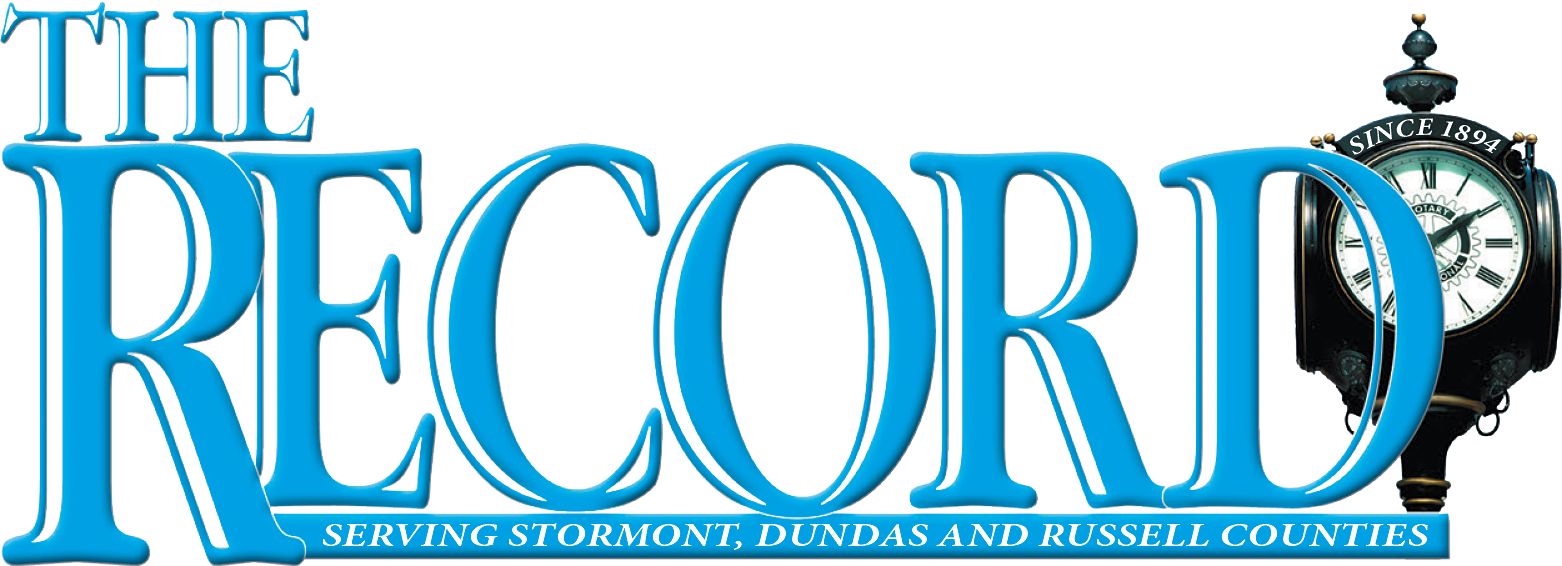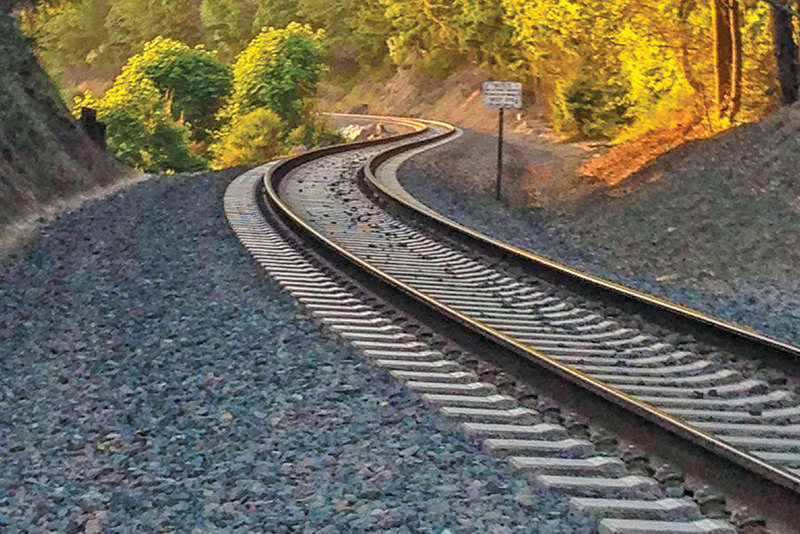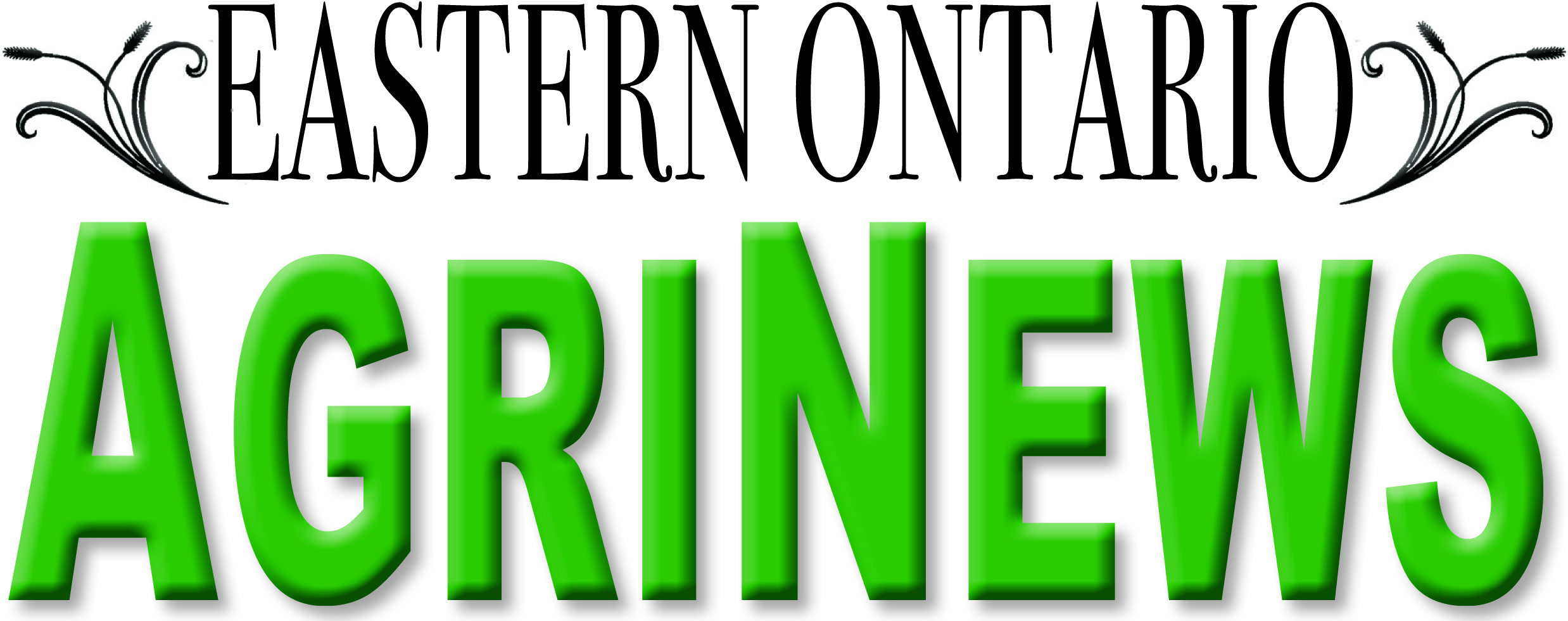CHESTERVILLE – Hundreds of farmers and homeowners in Stormont, Dundas and Glengarry who have railway crossings on their property are facing new maintenance costs for their particular crossing.
In early 2020, Canadian Pacific Railway began contacting landowners with private crossings without agreements in place to sort out who was responsible for the crossing and, “confirm certain design parameters which are crucial in determining the amount of work required to meet the Nov. 27, 2021 deadline at those crossing(s).”
There are about 14,000 public and 9,000 private grade crossings along more than 40,000 kilometres of federally regulated railway tracks in Canada.
The upgrades to the crossings are being driven by recent Transportation Safety Board studies that show an average of 178 incidents between 2009 and 2015. The regulations generated by Transport Canada state: “Between 2009 and 2015, there were an average of 178 incidents, resulting in 24 fatalities and 25 serious injuries per year (Source: TSB Canada). This raised concerns that the risk of trains colliding with vehicles was too high. Mandated reviews of the Railway Safety Act emphasized the challenges of managing safety at grade crossings. As a result, Transport Canada has raised the standards and issued revised regulations for railway grade crossings.”
Affected landowners have been receiving letters in the mail from the Canadian Pacific Railway focusing on their own railway crossing and what needs to be done, as well as what it will cost to do it in order to meet the TSB’s new regulations.
A spokesperson for CP Rail said, CP Rail is reaching out to all private crossing owners to inform them about new regulations and standards that Transport Canada has come up with.
Whenever a railway runs through private property, a farm for example, and the farmer has to cross the railway tracks to get to the other side of his or her farm, that crossing becomes their responsibility.
Private homeowners are responsible for the crossings, so any upgrades that are coming, they will be responsible for that.
The letters have not been well received by farmers and landowners who have had railway crossings on their property for years and normally have CP Railway look after them. Often a farmer is the only person who will need to use a crossing to go from one field to another.
Estella Rose, the former deputy mayor of North Dundas lives in Mountain and received one of the many letters outlining her obligations to look after her railway crossing.
Rose said, “They want $1,000 to $2,500 for liability insurance, but we already have farm insurance.” The letter suggested that her crossing would need new signage to the tune of $700 and she would need an assessment every year of the crossing at a cost of $275.
“They should be paying us. It is an inconvenience for us.
We would only go across to plant the seed and maybe once to spray it and then combine it,” she said.
“They have always maintained it. That was the idea when they got the right of way. They used to put up fences to keep cattle in. If you called and told them your gate was not up to par, they would drop off a new gate. They always had a machine to cut the brush to be able to see down the track. Are they going to cut that too?”
In an Ontario Federation of Agriculture, (OFA), member webinar on Farm Safety and Rail Crossings on June 17, 2021, the OFA presenter gave out information about what constitutes a private and farm rail crossing.
The issue discussed was that farm railway crossings were perhaps being designated private when they were actually a farm crossing. The difference being that CP Railway would be responsible for any upkeep on a farm railway crossing but not on a private crossing.
Landowners have to find some kind of record designating who looks after the crossing on farmland and unfortunately some were placed on farms before adequate records were kept.
In their presentation there was also mention of some grant funding that was available for landowners.
A common misconception is that all railway crossings are owned and operated by the railway when in reality this is not always true. Sometimes a crossing will be the responsibility of a private homeowner, farmer, municipality, or railway company.
The goals of the regulations are to:
Improve crossing safety;
Provide consistent safety standards for new and existing public and private grade crossings;
Clarify and define the roles and responsibilities of all parties involved with improving the safety of public and private grade crossings;
Promote collaboration between railways and road authorities;
Implement results-based regulations for a consistent level of safety for all types of crossings.
Transport Canada’s website stated: “New crossings must meet the regulations and standards immediately. If upgrading or changing an existing crossing, it must meet the regulations and standards immediately. Information on any changes must be shared between parties. Other existing private and public crossings must be inspected and upgraded, or closed, if required to meet the new regulations and standards by Nov. 27, 2021. Landowners with private crossings are also impacted by this regulation and should review Transport Canada’s website for more information.”
There is some funding available to help with the cost if a private railway crossing is on your property and has to be upgraded but it is not guaranteed.
Another option is to find another way to get over the tracks on a property and then close the existing crossing.
You can apply for funding through the Rail Safety Improvement Program. The deadline for applications to the program is August 1.
For more information, search the web for the Rail Safety Improvement Program or go to https://tc.canada.ca/en/programs/funding-programs/rail-safety-improvement-program for more information.

Joseph Morin is the Editor of the Eastern Ontario AgriNews, and the Record. He is, despite years of practice, determined to eventually play the guitar properly. He has served the Eastern Ontario community as a news editor, and journalist for the past 25 years with the Iroquois Chieftain, Kemptville Advance, West Carleton Review, and Ottawa Carleton Review in Manotick. He has never met a book he did not like.











